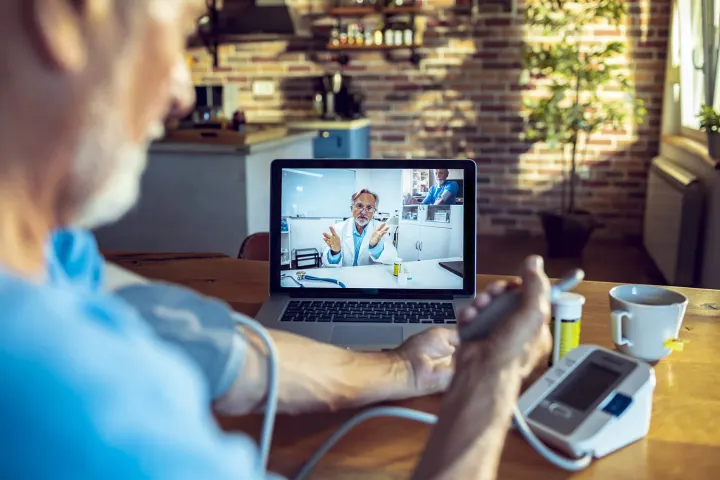The Leading Medical Technologies and Advancements of 2021

Thanks to the contributions of mobile internet, an aging population worldwide, and an affluent middle class, there is a never-ending drive to evolution in healthcare. Since the invention of the stethoscope and eyeglasses, medical technology has come a long way. Let’s look at the leading medical technologies and advancements of 2021.
Advanced Telehealth
During the novel coronavirus pandemic, telehealth took one giant leap forward. Only roughly 24 percent of organizations had telehealth programs already in place at the start of 2020. But by the end of the year, over a billion health visits took place virtually.
In 2021, almost every healthcare organization focused on integrating telehealth services in addition to the standard in-person visits. There's an increase in access to primary care and improved access to mental health services due to the greater availability of telehealth.
Nanomedicine
Nanomedicine uses nanotechnology to operate on incremental scales like atomic, molecular, and supramolecular. Researchers spent 2021 sourcing new ways to target individual cells with nanomedicine. For example, a biopharmaceutical company utilized nanotechnology that can fight against bacteria and viruses.
Tricorders
Tricorders have made it possible for patients to begin managing their conditions from the comfort of their own homes. The devices pull various data with a single read, and the algorithm can recognize up to 34 medical conditions, ranging from diabetes to strokes to pneumonia. It's only a matter of time before hospital equipment suppliers can stock and sell these handheld devices.
Smarter Pacemakers
A favorite on the list of leading medical technologies and advancements of 2021 is the Bluetooth compatible pacemaker, which allows patients to connect their devices to their mobile devices and improve their monitoring. The purpose of the pacemaker is to deliver electrical pulses through heart chambers to correct or prevent life-threatening heart arrhythmias. The traditional monitoring system is too complex for a patient to understand, as it relies on intricate interfaces. The connection to mobile devices allows medical professionals to ensure the safety of their patients.
Though medicine is constantly evolving to become more accessible and widespread, there's still a lot to uncover regarding technology and how far we can advance medically. Some of these advancements are just beginning, even after all the years spent developing the current technologies.
